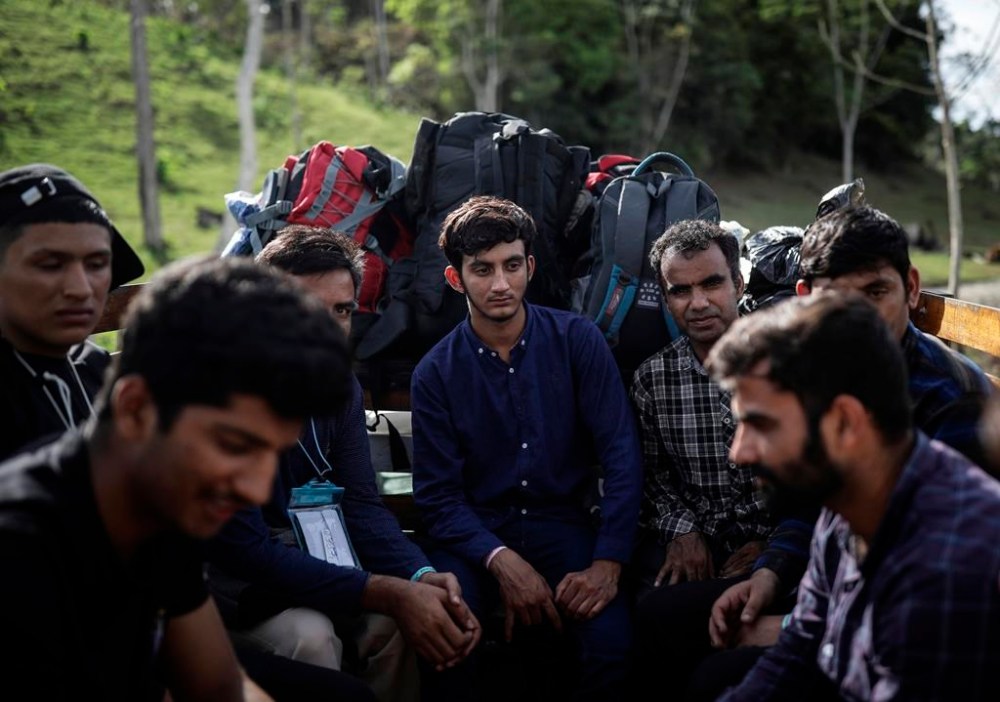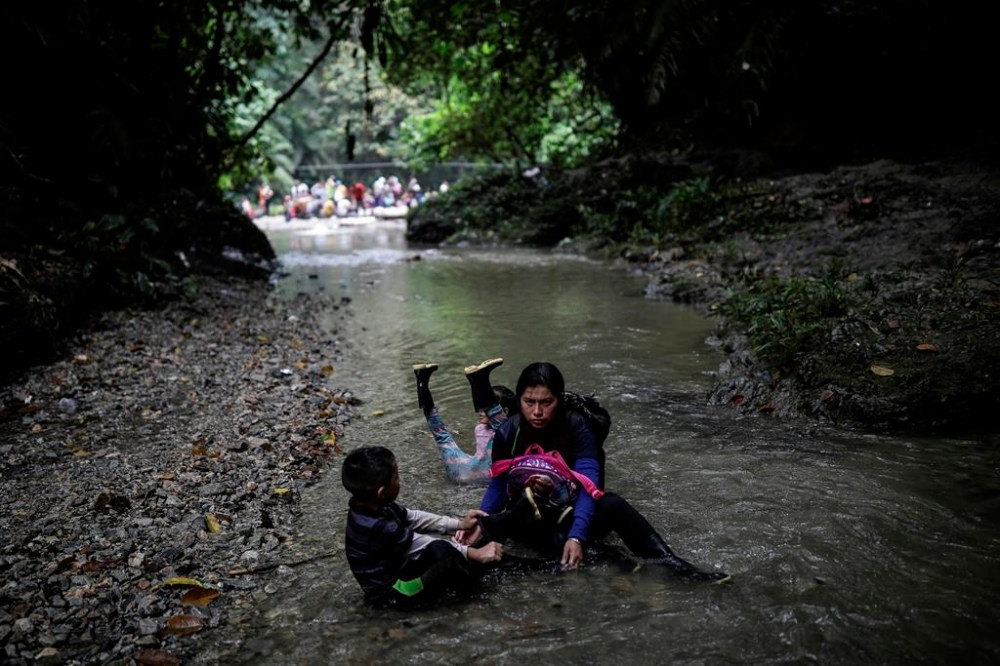Migrants crossing dense Darien jungle at Colombia-Panama border find increasingly organized route
Advertisement
Read this article for free:
or
Already have an account? Log in here »
To continue reading, please subscribe:
Monthly Digital Subscription
$1 per week for 24 weeks*
- Enjoy unlimited reading on winnipegfreepress.com
- Read the E-Edition, our digital replica newspaper
- Access News Break, our award-winning app
- Play interactive puzzles
*Billed as $4.00 plus GST every four weeks. After 24 weeks, price increases to the regular rate of $19.00 plus GST every four weeks. Offer available to new and qualified returning subscribers only. Cancel any time.
Monthly Digital Subscription
$4.75/week*
- Enjoy unlimited reading on winnipegfreepress.com
- Read the E-Edition, our digital replica newspaper
- Access News Break, our award-winning app
- Play interactive puzzles
*Billed as $19 plus GST every four weeks. Cancel any time.
To continue reading, please subscribe:
Add Winnipeg Free Press access to your Brandon Sun subscription for only
$1 for the first 4 weeks*
*$1 will be added to your next bill. After your 4 weeks access is complete your rate will increase by $0.00 a X percent off the regular rate.
Read unlimited articles for free today:
or
Already have an account? Log in here »
Hey there, time traveller!
This article was published 11/05/2023 (879 days ago), so information in it may no longer be current.
ACANDI, Colombia (AP) — Migrants who have hiked into the dense Darien jungle covering the Colombia-Panama border while the U.S. government moved to lift pandemic-related asylum restrictions have found an increasingly organized migration route.
The majority who spoke with The Associated Press had not heard anything about the policy change, and the few who did had a very limited understanding.
The Darien Gap is the most imposing physical barrier for migrants heading north until they reach the U.S. border. They must hike over steep mountains, endure torrential rain and ford swift running rivers. They are easy prey for bandits who rob and rape.

But on the Colombian side of the border, locals have become increasingly organized in recent years as it became a major migration route.
Migrants begin their crossing in Acandi, Colombia, where there is now a camp at the edge of the jungle. This week, hundreds of migrants, many carrying young children, waited there for their turn to start the walk, paying $175 to cross.
At the camp, some first aid is available, as well as porters to carry belongings for a price. Along the Colombian sections of the route are now stands selling food and drinks. The path is less organized and more dangerous on the Panamanian side.
Johnny Ramírez, 33, arrived in Acandi with 10 more members of his extended family from Venezuela. They had left their country four days earlier.
“Where we are there’s no future, there’s no work,” Ramírez said. He had heard the U.S. asylum restriction Title 42 was being lifted, but was unclear on what it would mean for him. “Who knows what it will be like to get in.”

Welington Galarza Macías, 49, had fled violence in his native Ecuador. It took him four days to reach Acandi. A heavy equipment operator, Galarza hoped to find work in the United States.
Panamanian authorities have said that more than 100,000 migrants crossed the Darien this year and the United Nations has warned some 400,000 could come through by year’s end, shattering last year’s record of nearly 250,000.

